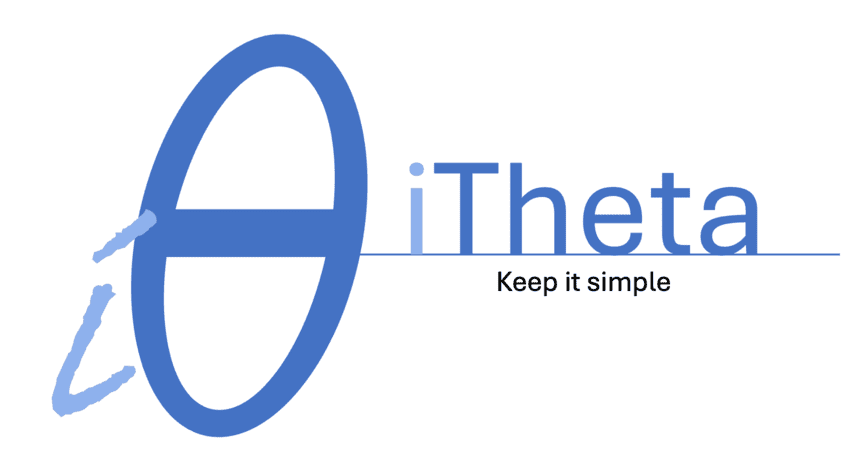Let's be honest. The mad rush towards AI can feel overwhelming at times. There's an almost mindless application of AI to everything imaginable. But in reality, this is how we push boundaries. Discover new horizons. Higher education stands at the forefront of this exploration, as academia has always been the cradle of technological revolutions. Without pioneers like Geoffrey Hinton, AI might not have become the change agent that it is today.
However, institutions of higher learning have a unique challenge: managing the risks that come with new technology. Unlike profit-driven industries like banking or insurance that can absorb high litigation costs, higher education must prioritize the well-being of the next generation while focussing on providing the best experience for students and safeguarding their data, all within limited resources. So how do institutions adopt AI responsibly? Here are three key steps:
1. Ideate on Use Cases
The higher education community is wonderfully collaborative. Institutions regularly share ideas, learning from one another on how best to apply AI. This collective brainstorming fuels innovation in ways that benefit all. I have seen it first hand as part of this community for over 20 years now.
2. Conduct Limited Experiments
Piloting AI-based experiences instead of diving into full-scale implementations can mitigate risk. AI offers the promise of automation at lower costs which allows us to afford small-scale experiments to test solutions and manage the risk of failure effectively.
3. Scale the Successes
Through experimentation, institutions can uncover what works best for their students. Only by testing and refining can higher education scale AI applications in ways that truly benefit their communities.
In this way, higher education can thoughtfully adopt AI, advancing student experiences while balancing the critical need for security and resource management.
© iTheta AI LLC

